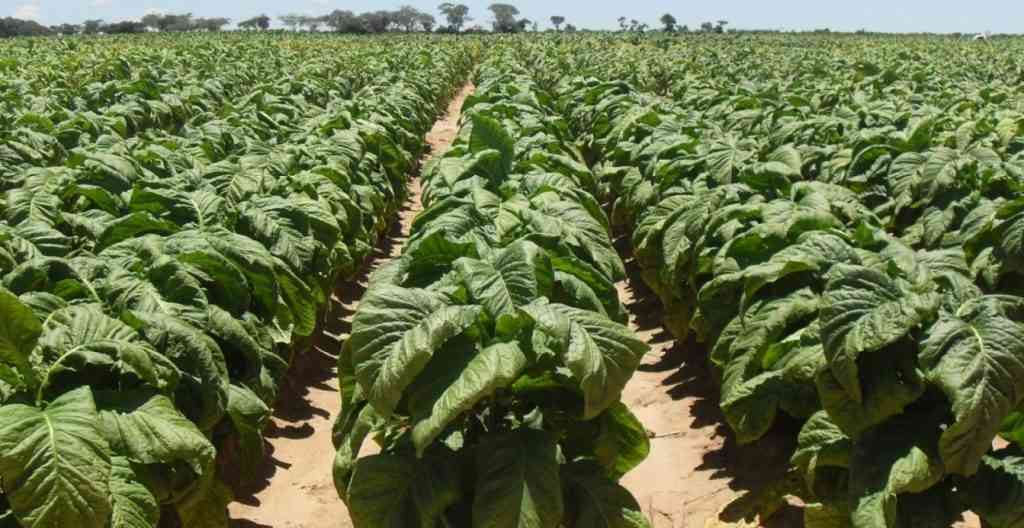
TOBACCO farmers face a headache as the destructive Fusarium Wilt Disease (FWD), which targets the gold leaf, has spread to several districts, posing a huge threat to the crop.
Tobacco Research Board (TRB) plant pathologist in the plant health and agricultural resilience division, Charles Karavina, warned farmers about the devastating effects of FWD.
“In the current season (2024-25), we detected increased frequencies of the occurrence of FWD,” Karavina told NewsDay.
“This was based on tobacco samples that farmers brought to the plant clinic and also on visits that we made to some farmers after they raised concern with us.
“We have records of the disease from Banket, Chinhoyi, Raffingora, Mutorashanga, Karoi, Trelawney and Norton under Mashonaland West province and then in Marondera, Goromonzi within Mashonaland East and Odzi in Manicaland, as well as Centenary (Mashonaland Central).
“In almost all instances, disease incidence ranged from 1% to 3%.”
FWD is a soil-borne fungal disease in which the water-conducting (xylem) vessels become blocked so that the plant wilts and often dies.
A recent study revealed that the highly virulent and cosmopolitan is now widespread in Zimbabwean tobacco and potatoes.
- Call for farmers to clean tobacco barns
- TRB urges tobacco farmers to choose recommended varieties
- TRB tips tobacco farmers
- Cigar wrapper farmers explore international market
Keep Reading
Typical symptoms of the disease include yellowing, drying and death of leaves, followed by stunting, defoliation and plant death.
Karavina said TRB was testing some chemicals use in the short term to eradicate the disease.
“By the end of June, we would have recommended some products to use from the list of products that we tested this season,” Karavina added.
“In addition, as TRB, we have initiated breeding programmes to develop varieties with resistance to the wilt diseases.”
Tobacco Industry Marketing Board public affairs officer Chelesani Tsarwe encouraged growers to prevent infection by using disease-resistant varieties from reputable suppliers.
“Overwatering may be a result of flooding and growers are required to raise their ridges to improve drainage and the removal of excess water that may result in the spread of root rot,” she noted.










